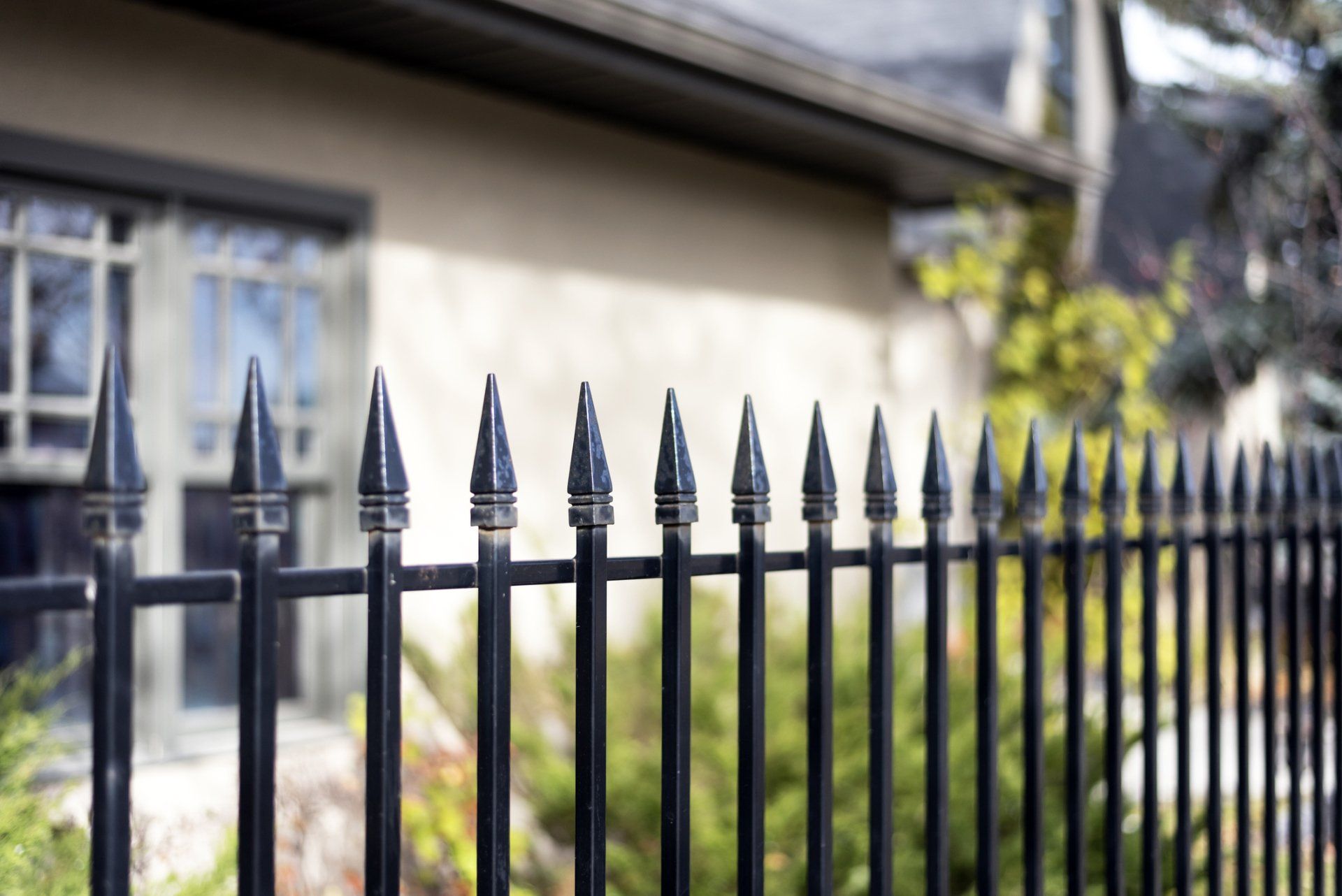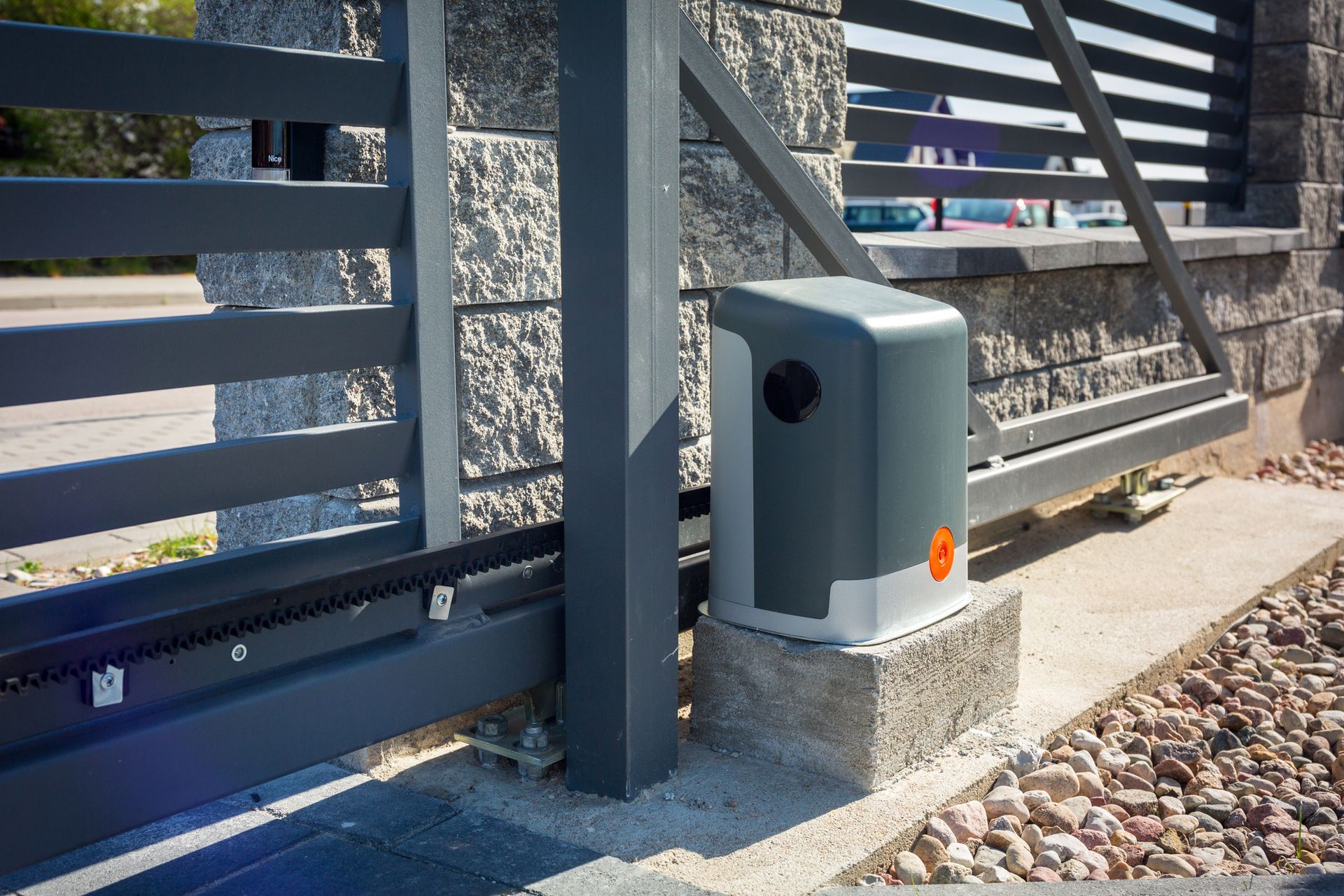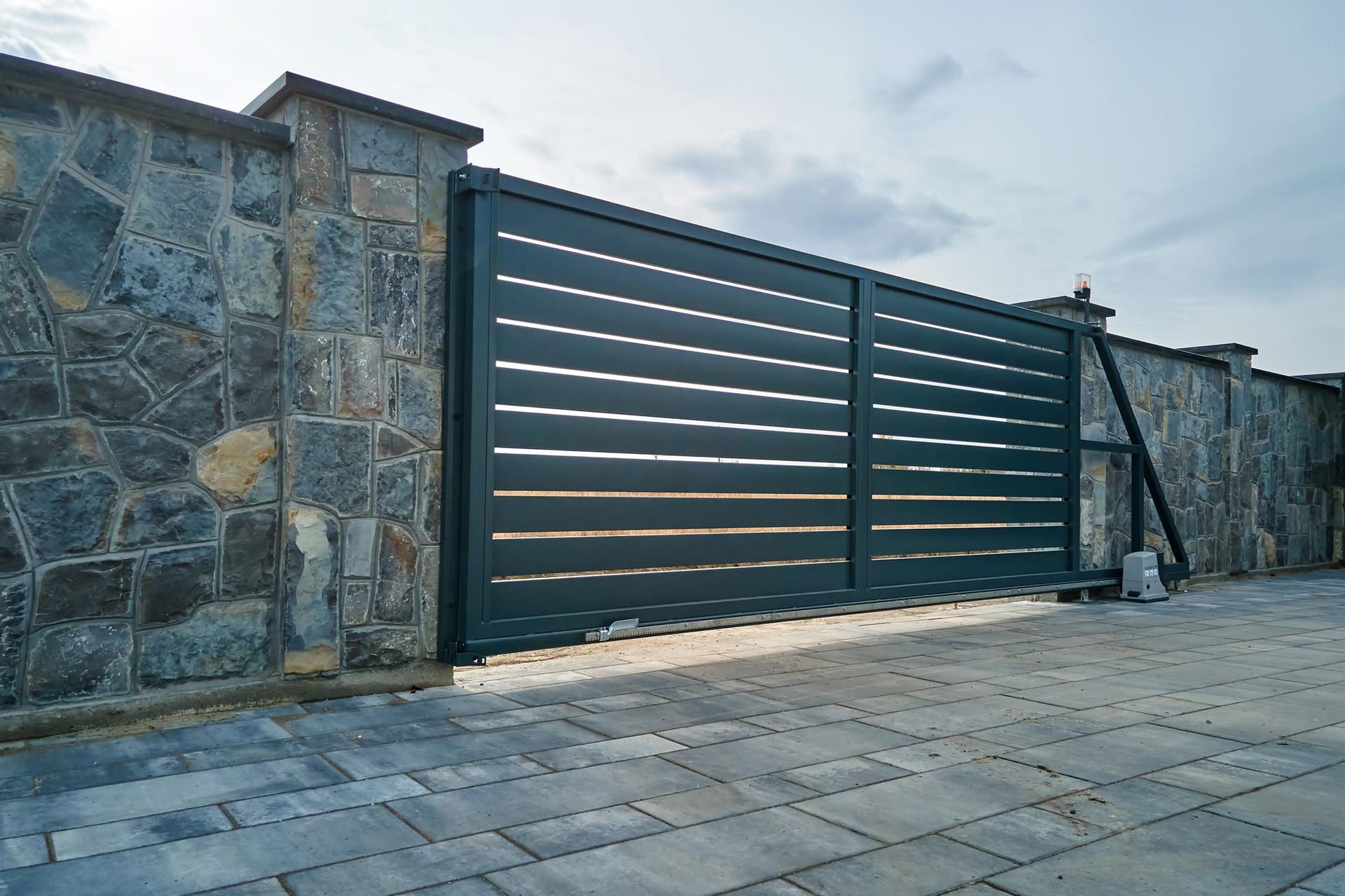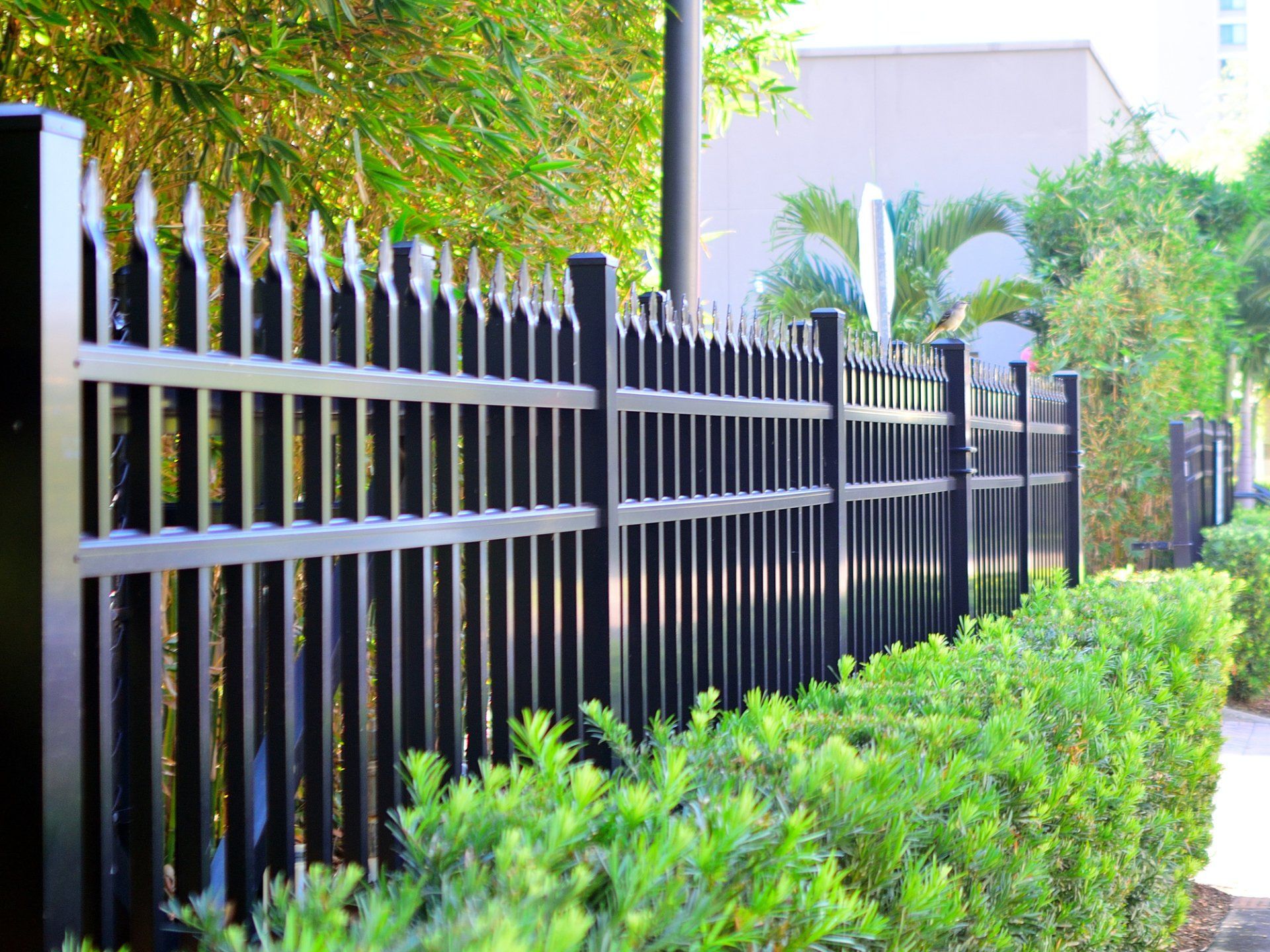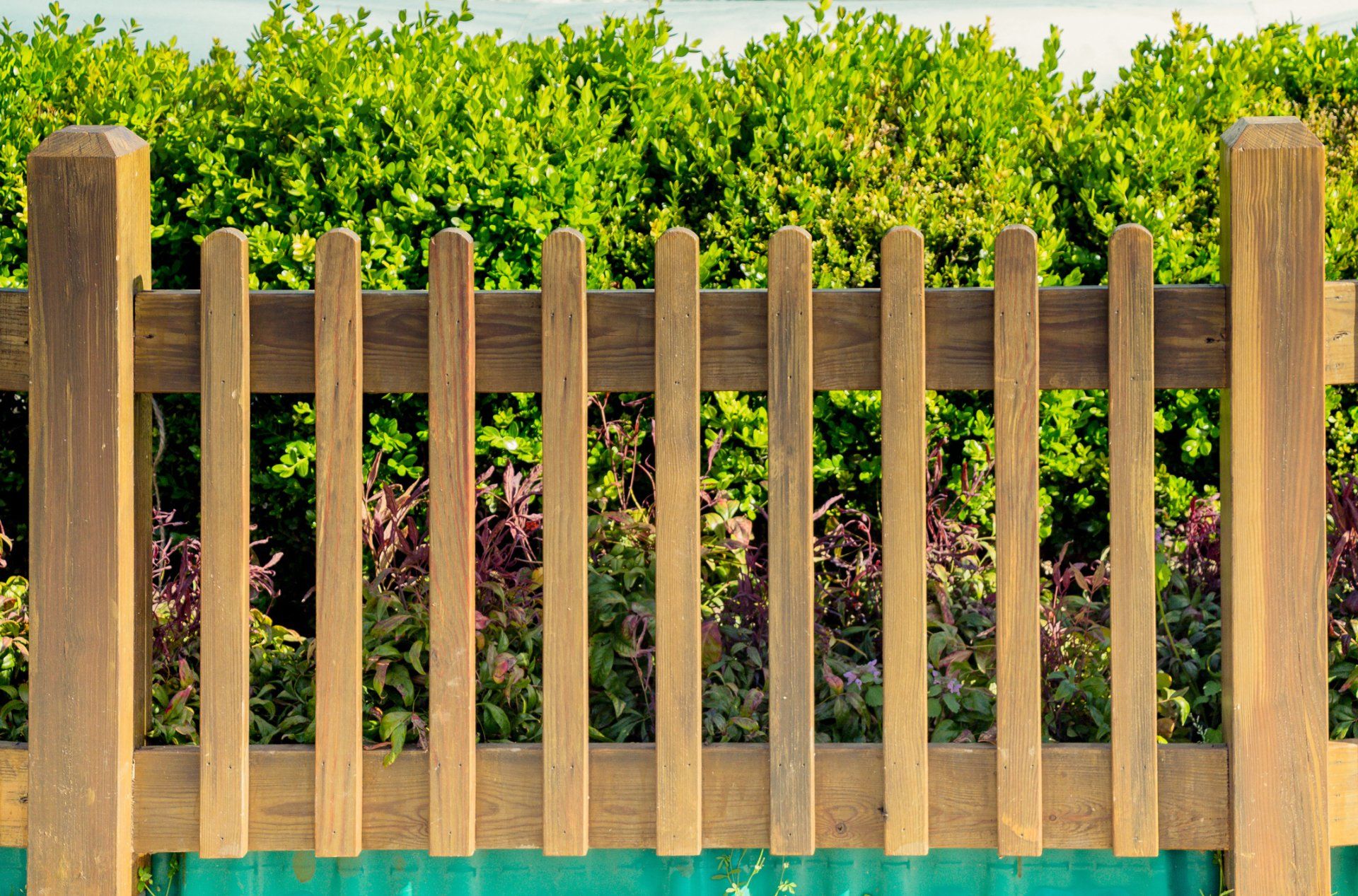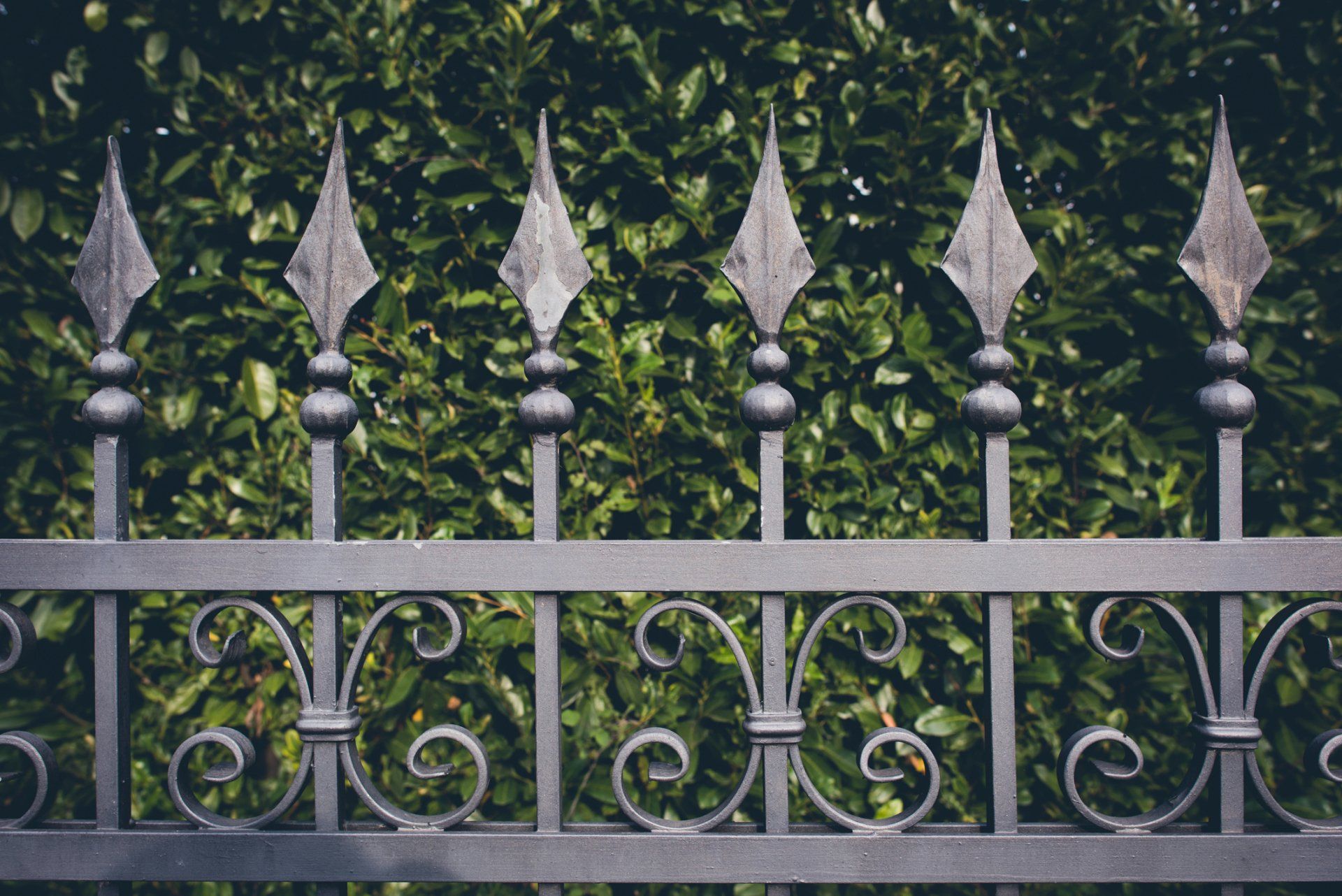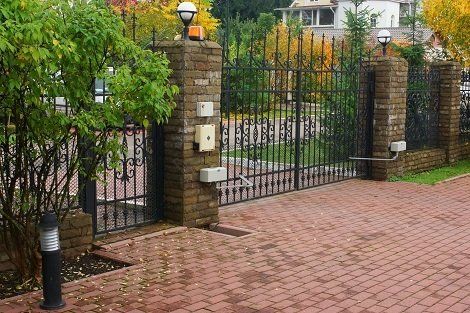4 Misconceptions About Wrought Iron Fencing
Admin • November 5, 2019
Wrought iron is one of the oldest fencing materials available. Perhaps because it's been around so long, some people have developed misconceptions about wrought iron fencing. Those misconceptions could cause homeowners to stay away from a beautiful and durable fencing material.
Below are some of the most common misconceptions about wrought iron and the modern truth of the material.
1. Wrought Iron Is Only for the Wealthy
At its inception, wrought iron was, indeed, only for the wealthy. It dates back to Medieval times when iron smiths actually worked - or wrought - the iron by hand. So, only the nobility could afford the material for their gated walls. That perception persisted into the later ages when aristocrats used wrought iron fencing for their stately manors.
In modern times, much of what you think of as wrought iron isn't even iron at all. A lot of metal fencing is tubular steel or aluminum. Even solid steel fencing, which is as close to the historical wrought iron as you get now, is manufactured in a factory. Because it's now mass-produced, metal fencing is much more affordable, especially when you consider it lasts for literal decades.
2. Wrought Iron Rusts
Rusty wrought iron gates are a popular find at flea markets. Crafty landscapers like to upcycle them to beautify their gardens. Likewise, if you see historical wrought iron fences that haven't been kept up, they will probably fall into disrepair with rust. Therefore, the misconception is that wrought iron always rusts.
Old-school wrought iron does rust. However, as noted above, modern wrought iron is usually of steel or aluminum. The manufacturers either use galvanized steel, or they treat the fence panels with a powder coating. Both processes make the fencing more rust-proof.
If the coating becomes nicked, that part of the fence can develop a little rust. However, the damage is usually minimal and is easy to treat with some sandpaper, putty, and weatherproof paint. For general maintenance of your wrought iron fence, you can power wash it yearly to prevent any grime buildup, but nothing else is really necessary.
3. Wrought Iron Must Be Ornate
In historical times, wealthy landowners wanted to show off their riches. One method they achieved that goal was with their wrought iron fencing. They weren't satisfied with just a simple metal fence, which was expensive enough on its own. Rather, they added to the grandeur by ordering fences with ornate details such as curves, medallions, and finials.
So, the perception is that all wrought iron must be ornate. While you can still order such ornamented fencing, you have many options in metal fencing styles. You can order a very minimalist fence with straight pickets and simple finials. You can also choose a plethora of styles in between those two.
What's more, while traditional wrought iron is still black, the powder coating process affords you numerous color choices as well. Traditionalists may still opt for metallic colors, but you can also choose from white, green, or red for a more modern effect.
4. Wrought Iron Is Just for Show
In that vein, part of the original purpose of wrought iron was to show off wealth. Not only could the landowners afford land and a fence to cordon it off, but they could also afford artistically rendered fences. Parts of the fence ornamentation was just for show.
In fact, even some of the showiest aspects of the fencing, such as spearhead or fleur de lis finials, had a purpose - security. The pointed metal was meant to deter intruders from climbing over the fence lest they become caught on the finials. What's more, metal is one of the sturdiest fencing materials available, so a metal fence will keep your property well-secured.
Know the truth about wrought iron fencing so that you consider this desirable material for your property. Central California Ornamental Iron
can provide for all your metal fencing needs.
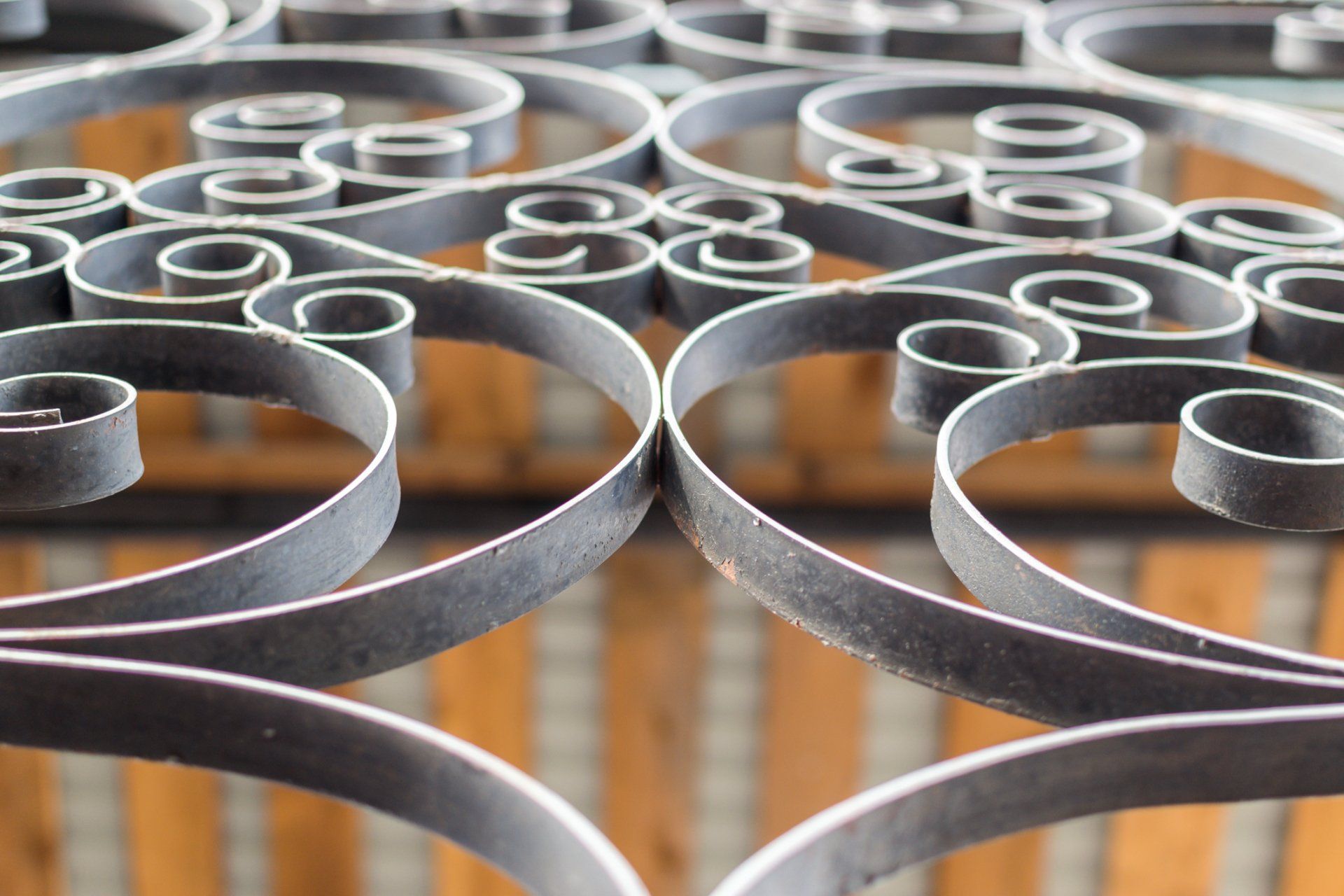
Your individual conditions determine when different types of fences serve your needs the best. There are times when wrought iron fencing may be the best choice for your needs. By learning about these situations, you can choose wrought iron fencing knowing that it is going to serve your needs better than other types of fencing would. You can learn about the situations in which wrought iron fencing would be a good fit by reading the information offered here.
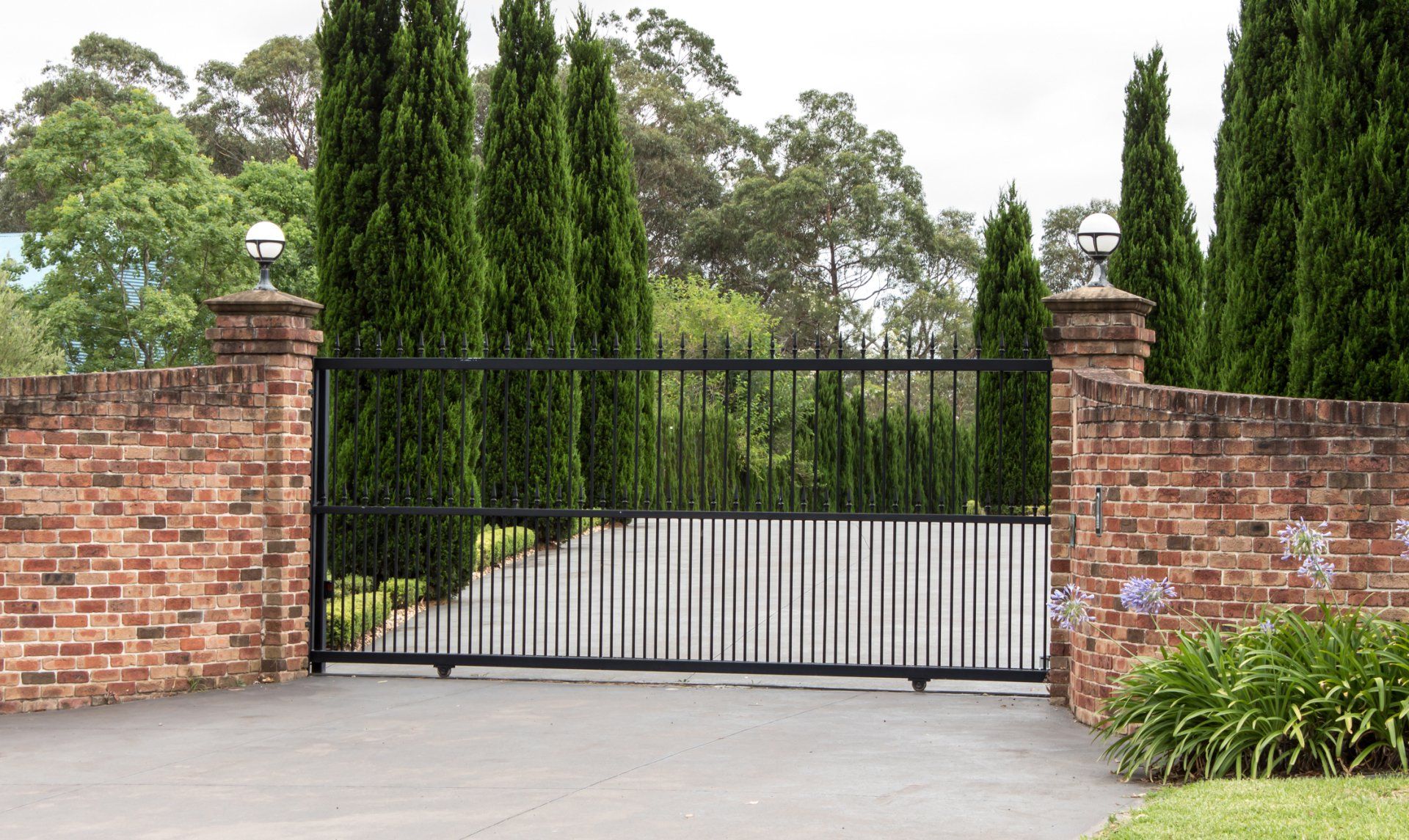
The components of an ornamental iron gate are basically the same as for any other material. Custom gates can be crafted out of aluminum, steel, or wrought iron. Any of the materials yields a unique decorative appearance. However, with ornamental iron, you have numerous customization options that ultimately result in a distinctive gate.


